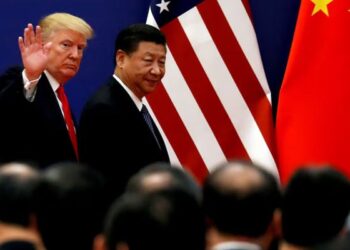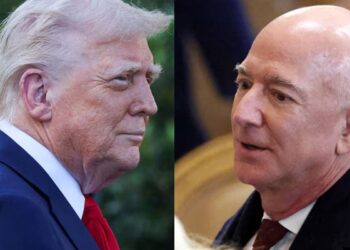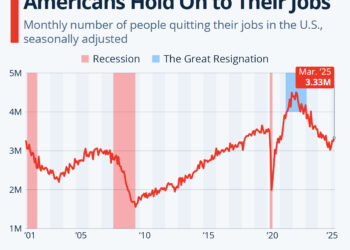Analyzing the Impact of Trump’s Tariff Policy on U.S. Trade
The recent announcement of significant tariff increases by U.S. President Donald Trump has sparked intense debates and discussions regarding its potential impact on the American economy and international trade relations. With projections indicating that the average effective tariff rate on U.S. imports could leap from 2.5 percent in 2024 to a staggering 22 percent by 2025, it is essential to delve into the context, implications, and historical parallels of such drastic measures.
Understanding Tariffs and Their Historical Context
The Role of Tariffs in Trade Policy
Tariffs are taxes levied on imported goods and services, primarily aimed at making foreign products less competitive in comparison to domestic products. While often promoted as a strategy to protect local industries and jobs, the broader implications of tariff increases can lead to retaliatory measures from trading partners and ultimately disrupt global supply chains.
Historical Instances of High Tariffs
The backdrop of current tariff measures can be traced back to significant historical events. For instance, the Smoot-Hawley Tariff of 1930 is often cited as a classic case where the United States raised tariffs on numerous imported goods, leading to international retaliation and a sharp decline in global trade. In response to the economic turmoil of that era, the Reciprocal Trade Agreements Act of 1934 allowed for tariff reductions to foster international trade, which contrasts sharply with the recent trends.
Trump’s Tariff Policy: Current Landscape
New Tariff Rates on Imports
In his recent announcement, Trump proposed substantial tariffs across various countries, significantly affecting imports from the European Union and China. Specifically, imports from the EU could face surcharges of 20 percent, while goods from China may incur tariffs as high as 34 percent. Trump has also indicated a minimum tariff rate of 10 percent for other trading partners, further broadening the scope of his tariff policy.
Reactions from International Leaders
The international response to these proposed tariffs has been immediate and critical. EU Commission President Ursula von der Leyen described the tariffs as a "severe blow to the global economy," highlighting the potential for cascading effects on international trade relations. This sentiment underscores the apprehension that countries might resort to protective measures in retaliation, igniting a cycle of trade conflicts reminiscent of historical precedents.
Projections and Economic Implications
Forecasts from Rating Agencies
According to estimates from Fitch, the proposed tariff hikes could result in the effective average tariff rate on U.S. imports rising dramatically, reaching levels not seen since 1910. Such an increase could have profound consequences on inflation, consumer prices, and the overall economic landscape if these tariffs are implemented.
Effects on Domestic Industries
While the goal of tariff increases may be to protect U.S. industries and jobs, there are concerns regarding the unintended consequences. Increased tariffs could lead to higher production costs for domestic manufacturers reliant on imported materials, potentially passing those costs onto consumers. Additionally, retaliatory tariffs from other countries could hurt U.S. exporters and limit market access for American goods abroad.
Historical Parallels: Lessons from the Past
The Smoot-Hawley Tariff and Its Fallout
The Smoot-Hawley Tariff of 1930 serves as a cautionary tale in tariff history. Initially intended to protect American agriculture and manufacturing, the resulting trade war significantly contracted global trade volumes and intensified the economic downturn during the Great Depression. This historical instance raises questions about whether current tariff strategies might repeat such adverse outcomes.
Shifts Towards Free Trade
Post-World War II, the trend in U.S. trade policy shifted towards reducing tariffs to foster global trade relationships. Agreements such as the General Agreement on Tariffs and Trade (GATT) emphasized cooperation among nations to promote free trade, a stark contrast to the protectionist measures currently being pursued.
Potential Futures for U.S. Trade Relations
Navigating the Trade Landscape
As the U.S. embarks on this path of heightened tariffs, the implications for both domestic and international trade are manifold. The evolving landscape will necessitate strategic responses from both policymakers and businesses as they navigate the challenges posed by increased tariffs and the potential retaliation from global partners.
The Road Ahead
The future of U.S. trade relations will hinge on careful consideration of the balance between protecting domestic industries and maintaining collaborative ties with international partners. As history has shown, the repercussions of tariff wars can extend far beyond the borders of a single nation, affecting global economic stability.
In summary, the ramifications of America’s evolving trade policy under Trump showcase a fundamental shift in economic strategy, echoing lessons from the past while raising critical questions about the path forward.






